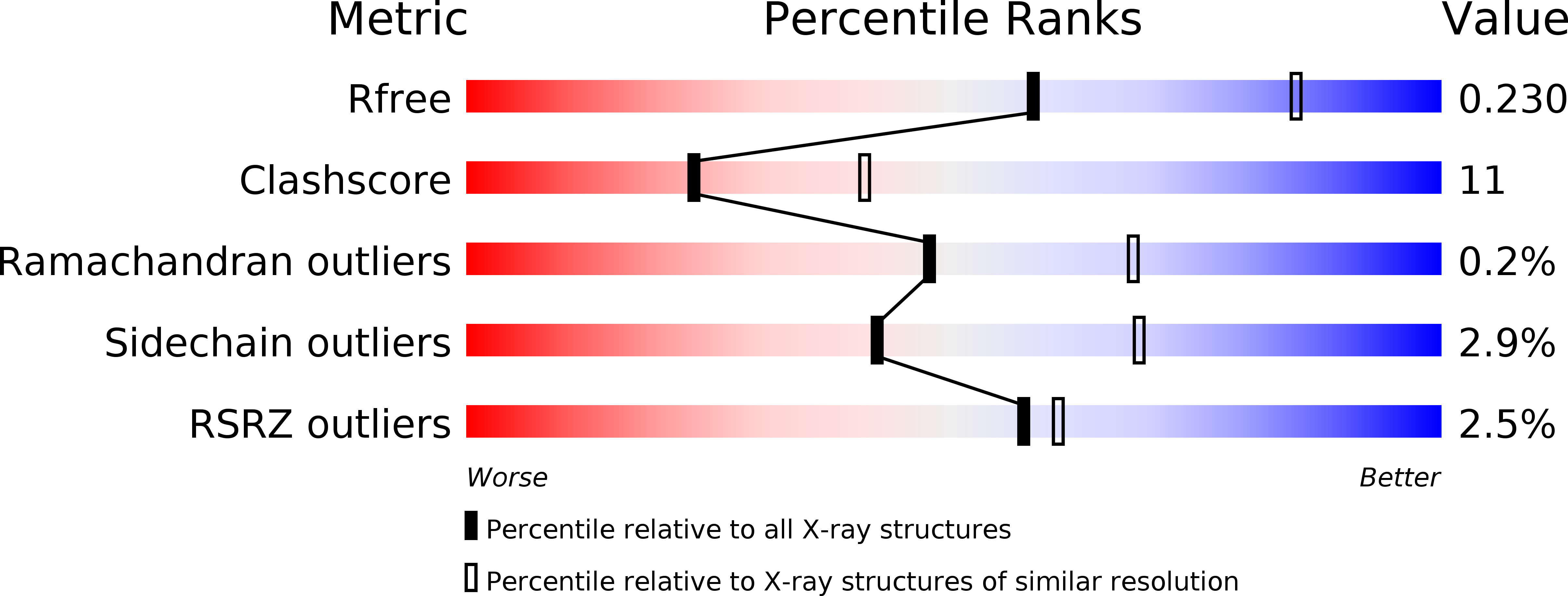
Deposition Date
2001-06-17
Release Date
2001-11-14
Last Version Date
2023-08-16
Entry Detail
PDB ID:
1JEC
Keywords:
Title:
Crystal Structure of ATP Sulfurylase in complex with thiosulfate
Biological Source:
Source Organism:
Saccharomyces cerevisiae (Taxon ID: 4932)
Method Details:
Experimental Method:
Resolution:
2.50 Å
R-Value Free:
0.23
R-Value Work:
0.17
R-Value Observed:
0.17
Space Group:
H 3 2


